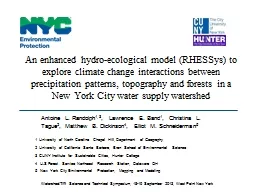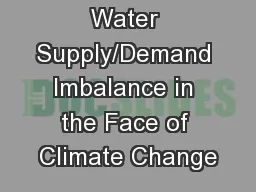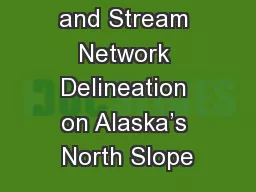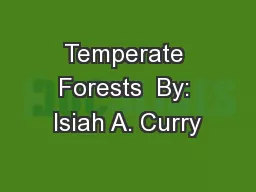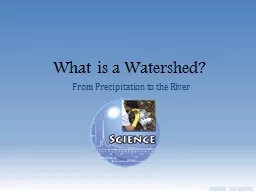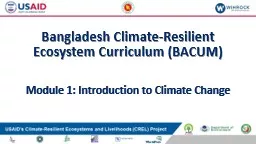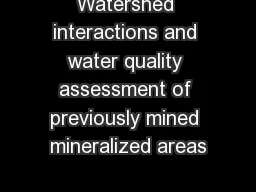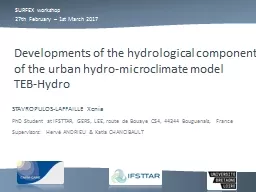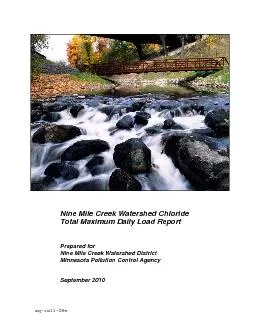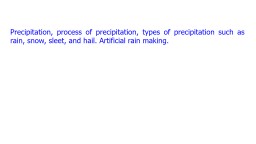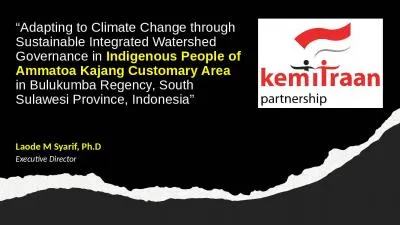PPT-An enhanced hydro-ecological model (RHESSys) to explore climate change interactions between
Author : pasty-toler | Published Date : 2019-12-13
An enhanced hydroecological model RHESSys to explore climate change interactions between precipitation patterns topography and forests in a New York City water supply
Presentation Embed Code
Download Presentation
Download Presentation The PPT/PDF document "An enhanced hydro-ecological model (RHES..." is the property of its rightful owner. Permission is granted to download and print the materials on this website for personal, non-commercial use only, and to display it on your personal computer provided you do not modify the materials and that you retain all copyright notices contained in the materials. By downloading content from our website, you accept the terms of this agreement.
An enhanced hydro-ecological model (RHESSys) to explore climate change interactions between: Transcript
Download Rules Of Document
"An enhanced hydro-ecological model (RHESSys) to explore climate change interactions between"The content belongs to its owner. You may download and print it for personal use, without modification, and keep all copyright notices. By downloading, you agree to these terms.
Related Documents

